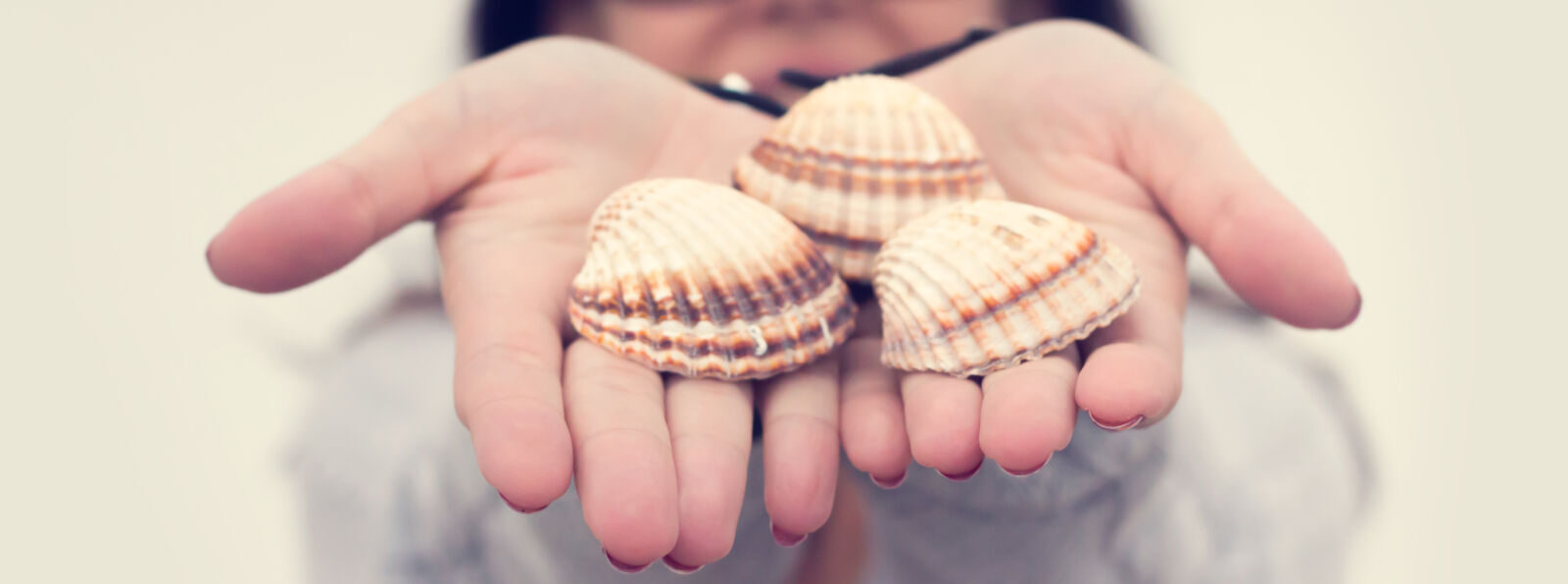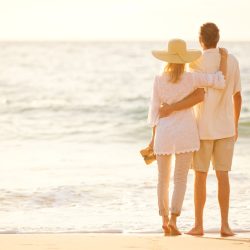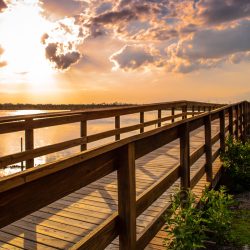Anna Maria Island is a seven-mile strip of pure bliss. You get crystal clear waters, several white sand beaches, a healthy dose of that unbeatable Florida sunshine, as well as a slew of activities and attractions that you just can’t find anywhere else.
Head to Bean Point, Coquina Beach or Manatee Public Beach if you’re a beach bum, or if that’s not your thing, you can try boutique shopping at the Anna Maria Pine Avenue and go hiking at the nearby Perico or Robinson Preserves.
There’s a little bit of everything for everyone. What many don’t know is that the beaches of Anna Maria Island are also a top location for rare Florida seashells on the Gulf Coast.
It’s one of the most underrated activities that you can do on the island. It costs nothing but time, it’s fun for all ages, and it all results in some beautiful keepsakes that will remind you of your vacation for years to come.
We highly recommend it, and in this seashell guide, you will find some of the shells that you need to watch out for when you’re beachcombing on the island, details on how to identify seashells on Anna Maria Island, as well as the top spots to look for shells near your rental on Anna Maria Island.

Where to Shell on AMI
Simply head out to any of the beaches on Anna Maria Island for some great shelling opportunities.
Holmes Beach and Coquina Beach are both excellent options, as well as the other less populated beach access points along the Gulf. Bayfront Park and Bean Point on the north are also great areas to find some of the larger shells at low tide.
Go in the early morning at daybreak for the best chance to grab the rare Florida seashells. Don’t be afraid to dig a bit and get into the shallow water to find some of the best shells.
All you really need is a bucket, small shovel or spade and sunscreen, and water shoes if you plan on getting into the shallow water. This AMI seashell identification guide below will help you with finding your preferred types of shells on the beach.
1. Cockle Shell
The cockle shell’s distinctive rounded fan shape is familiar to most people. A great cockle shell is one that is perfectly symmetrical, with radial, evenly-spaced “ribs” emanating out from the narrow tip of the shell.
2. Lightning Whelk Shell
These shells can grow up to 16 inches long. Because of its spectacular length, the lightning whelk shell was used by island natives as tools and material for lamps. They were also consumed as food. You can usually identify lightning whelk by its size, and also by its left-handed spiral shape.
3. Lettered Olive Shell
Smooth, cylindrical, shiny, and with a spire-shaped tip, the lettered olive shell is a very interesting shell to look at. Lettered olive shells are usually washed up by the water, so you can sometimes see these on shallow sand flats, or on the shore.
4. Coquina Shell
Tiny, cute, and very colorful- that’s what coquina shells are. Their size is no bigger than a dime, and they come with a whole variety of colors and patterns. Some people collect the empty shells to use as home decorations. If you sit right where the water hits the shore, you normally will see tiny ones digging in the sand after the water washes over them.
5. Banded Tulip Shell
The banded tulip shell is named after the prominent colored bands that can be seen on its exterior. These bands commonly appear as red (or blue, in some rare cases) and give the shell its name. You can see lots of banded tulip shells near muddy sand.
6. Junonia Shell
The Junonia shell is one of the rarest shells that you will come across as a beachcomber. Due to its beauty, it is highly prized by shell collectors. The outer chamber of the Junonia shell has an off-white or milky white color and is covered with prominent brown spots.
Plan Your Visit
This guide will get you started with shelling on AMI. For any questions about accommodations, please don’t hesitate to call us, or if you’re ready to grab an amazing Anna Maria Island vacation rental, request a quote anytime directly on our website. We can help you plan the perfect trip to Anna Maria Island whether you are traveling by yourself, as a couple or with your family or friends.
Tips To Remember When Shelling
- It’s best to go shelling after high tide, at daybreak.
- Wear water shoes to protect your feet when you’re shelling in shallow waters.
- Leave living shells alone. Check to see if there’s a living creature inside the shells that you pick up. Only pick up shells that are dead or empty. Remember that brown sand dollars are living animals, so don’t collect these.
- Leave only footprints and keep the beaches of AMI beautiful!







